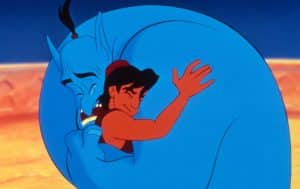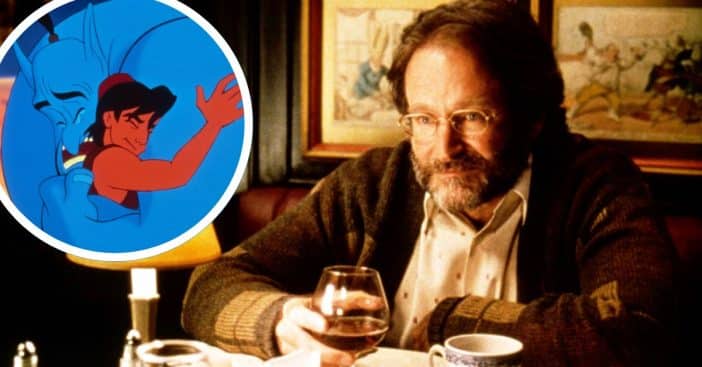
Robin Williams is an inextricable part of Disney’s Aladdin (1992), thanks to his memorable performance as the Genie. The film won two Academy Awards and became a cultural staple for multiple generations. However, the aftermath of his and Disney‘s partnership was defined by betrayal and animosity and Williams cut ties and didn’t look back for quite some time. What went wrong?
While today it seems like a forgone conclusion, at the time, casting Williams seemed like something only a magic lamp could have made possible. Directors John Clements and Ron Musker thought Williams was a perfect match for the role – but they had to convince both Disney executives and Williams himself. It took the work of animator Eric Goldberg to breathe life into this dream, only for corporate greed to end things on a heartbreakingly sour note.
Robin Williams joining the cast of ‘Aladdin’ was as remarkable as a magic lamp
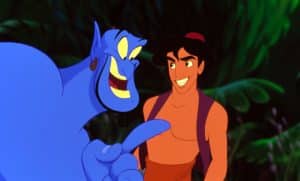
Pitching the idea of Williams as the Genie took some powerful pieces of evidence suggesting what a great match it would be. To demonstrate this, Goldberg animated a Williams sketch in which he discussed schizophrenia, acting out two personalities for the argument. Goldberg’s animation saw the Genie give himself two heads, so each could talk to one another; he synched this animation with Williams’ comedy sketch.
RELATED: WATCH: 1991 Bloopers Between Robin Williams And Elmo Is Wholesome Hilarity
“Robin totally got what kind of potential animation had in utilizing his talents.” said Goldberg. He recognized that a voice actor’s most important quality was the ability to tell an entire story using only vocals, no visuals. For this reason, many early voice actors had been radio hosts. “What Robin had in common with them is a set of vocal cords that were 100% elastic.” So, when Williams did his voice work for Aladdin, the animators realized they had a treasure trove of content and hoped Disney would let them keep everything in. Indeed, most of Williams’ improv stayed.
“We could have just gotten somebody who was technically adept at impressions,” said Goldberg. “But the warmth that Robin brought was something we tried very hard to convey.”
A broken deal led to broken alliances between Robin Williams and Disney
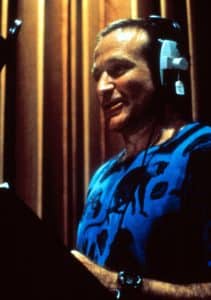
That’s because warmth was exactly what Williams wanted to bring to Aladdin. While promoting Mrs. Doubtfire, Williams revealed that he had set a very important ultimatum: he didn’t want his voice used in merchandising for Aladdin. Williams even agreed to be paid $75,000 instead of $8 million if it meant Disney wouldn’t use his most treasured asset, his voice, to sell merch.
But then Aladdin became a box office triumph that would make any sultan swoon and merchandising became top priority for Disney, especially whenever it could utilize the beloved Genie played by Williams. “Not only did they use my voice, they took a character I did and overdubbed it to sell stuff,” despaired Williams. “That was the one thing I said: ‘I don’t do that.’ That was the one thing where they crossed the line.”
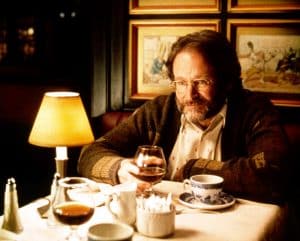
For their part, a Disney source in an LA Times article claimed “Every single piece of marketing material involving Robin Williams was run by Marsha (the actor’s wife) and Robin Williams.” But in a gesture of apology, the company gifted a $1 million Picasso painting to Williams – but never admitted to breaking Williams’ number one rule, so the gesture rang hollow to Williams.
It wasn’t until Jeffrey Katzenberg stepped down at Disney, to be replaced by Joe Roth, that Williams got a public apology. But by then, the feud had been going on for so long that the Genie had been recast for Aladdin: The Return of Jafar and Aladdin: The Series. However, it did come in time for Williams to accept the apology and return as the Genie for 1996’s Aladdin and the King of Thieves.
